Nathaniel Holmes Bishop III was born in Medford, Massachusetts, on March 23, 1827, and died in Glens Falls New York, July 2, 1902. In his time, he was quite well known for books he had written about his travels in small boats. I first heard about him, quite by accident, in the spring of 1982. I was working part-time at the Wooden Boat Shop, located, appropriately, on Boat Street in Seattle. On a sunny summer morning, I was manning the front counter when the mail came in and among that day’s mail was the latest issue of Wooden Canoe, Volume 11 of the Wooden Canoe Heritage Association’s magazine. The store was empty so I had some free time to browse through it. This issue of Wooden Canoe introduced Nathaniel Holmes Bishop to me. Eight years later my son would be named Nathan in his honor.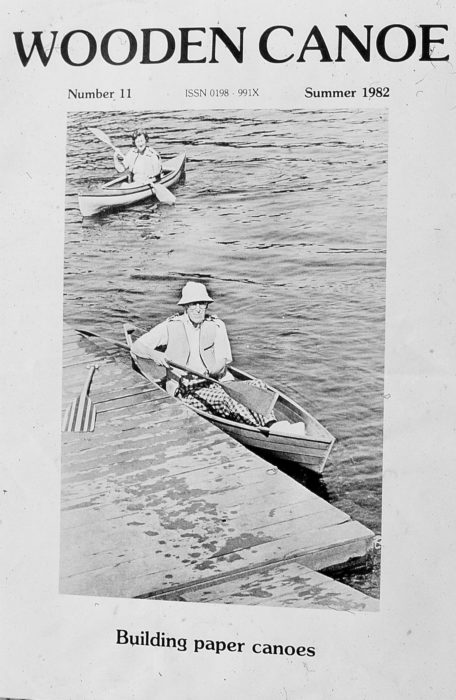
Join The Conversation
We welcome your comments about this article. To include a photo with your remarks, click Choose File below the Comment box.

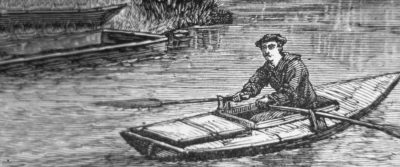

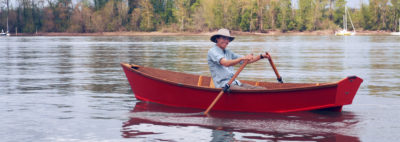
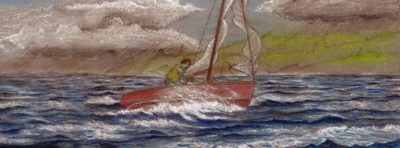
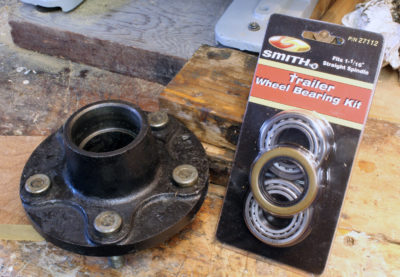

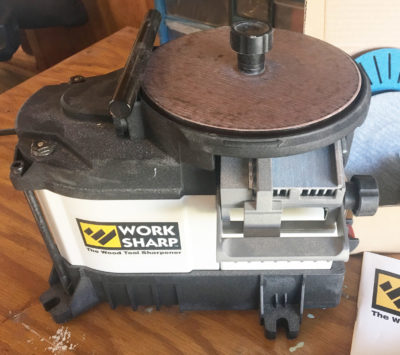
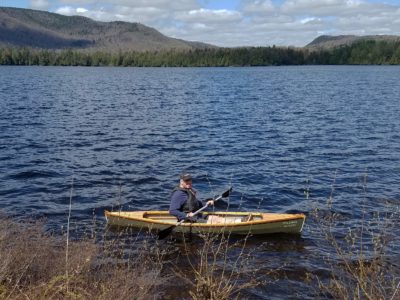
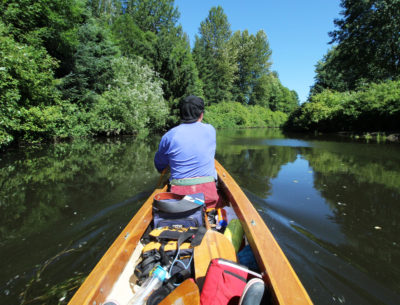
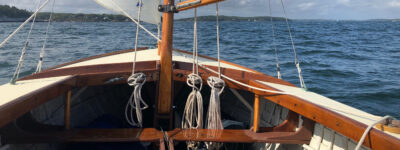

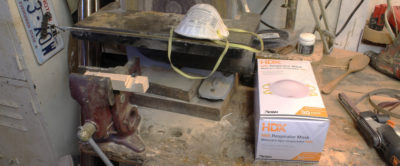
And he did it all without Gore-Tex, wetsuit, or polarized sunglasses, to name just few modern conveniences…
There ya go.
…or Kevlar, sunscreen, or GPS either…
Great story, thanks Chris. Beautifully written and illustrated as well. Inspirational.
Cheers
Another wonderful story, Chris. Your Duckboat is the spitting image of Speedwell, my Phil Clarke Duckboat. The difference is centerboard vs your off-center dagger board.
Thanks again.
Will you be at the WoodenBoat Show this year?
Russ
Thanks, Russ. Your sneakbox and mine are quite similar on the outside, but SPEEDWELL’s traditional construction and my LUNA’s cold-molded construction make for very different interiors. Your boat is much more like Bishop’s than mine, but I opted for a lighter boat and as much free interior space as possible for sleeping aboard.
I won’t be at Mystic this year for the WoodenBoat Show. I’ll be at my desk putting the finishing touches on the July issue of Small Boats Monthly. Enjoy the show!
Chris Cunningham, editor, SBM
What a wonderful story and adventurous lives you both have had! Is it possible to find a copy of Bishop’s travels? Have you published your own story? I’d love to read them.
Thanks, Karen. Bishop’s books are available online: Voyage of the Paper Canoe, Four Months in a Sneak Box, and A Thousand Mile’s Walk across South America.
There are reprints of all three books. Search for Nathaniel H. Bishop. Original editions pop up on occasion at collector’s prices.
I published a few magazine articles about my Bishop journeys, but those may prove hard to find. An article about my paper canoe voyage appeared in Sea Kayaker magazine back in the ’80s and one about my sneak box was published in Small Boat Journal a few years later. The anthology Seekers of the Horizon has a version of my paper canoe story.
When he was 17 years old, Nathaniel H. Bishop sailed from Boston to Argentina and walked across the Pampas and Andes to Valparaiso Chile without speaking the language. He started with $45 and returned home with $50. His journal was published in 1868 as The Pampas and Andes – A Thousand Miles’ Walk across South America.
One of the most amazing (and concisely written) stories I’ve ever read. Thank you, Chris, for sharing both yours and Nathaniel’s experiences.
A much later (1970s) and more modest (circumnavigation of the Delmarva Peninsula) small-boat voyage is described in Western Wind Eastern Shore by Robert deGast. Tusitala is a wonderful book about a 1928 New York-to-Honolulu voyage of the last of America’s square-rigged ships, written by the captain’s son, Roland Barker, who signed on as third mate.
Hey, Chris, great story. I live in West Creek, New Jersey, where the sneak box or devil’s coffin, as Seaman called it, was designed. The Westecunk Creek (crik) runs through my property and the sneak boxes are still used extensively in the area during duck season. The Tuckerton Baymen’s Museum has a large collection of them and for a while were building to order on site. Thanks again, Pat Filardi
I thought I might share a few photos of my attempts (early 90’s as I recall) at constructing a paper boat. This was a 13’ x 26” kayak of my own design, cold molded in kraft paper, frameless except for the keel, stems, inwales and two thin luan bulkheads. The deck was also of luan, sheathed in paper. Altogether surprisingly rigid. No fiberglass, the hull was coated with epoxy primer and Breakthrough paint (tough and waterproof in those days not now).
I laminated broad strips of paper (3-4 layers) on the bench using Titebond II. These were then overlapped on the form using thickened epoxy as per conventional cold molding. I was surprised to find the hull as rigid as molded fiberglass. The deck structure held the shape. Bulkheads were for air chambers.
Titebond III is good as a sealer for ply and adding a paper laminate: kind of homemade MDO. Full strength thinner than I and II. I’ve used it for kayak paddle blades. But as with most folks a paper boat an interesting challenge. I think we have vastly better adhesives than in Water’s day but perhaps not so with paper. Now that agricultural hemp cultivation is again legal maybe that will change.
The kayak was “retired” a year ago to make room for others.
Ken
San Francisco